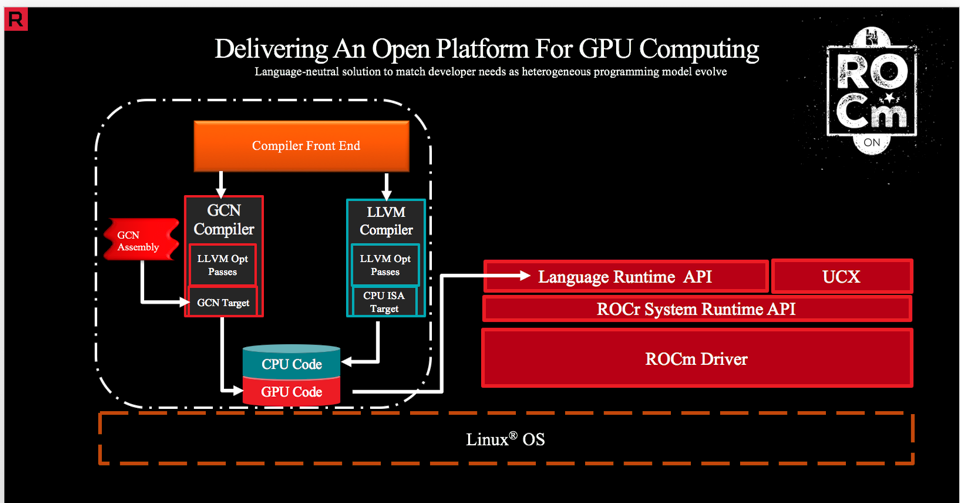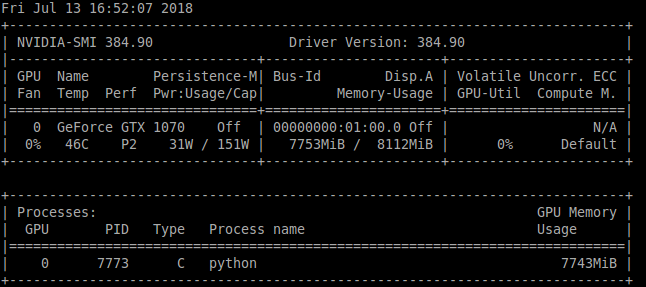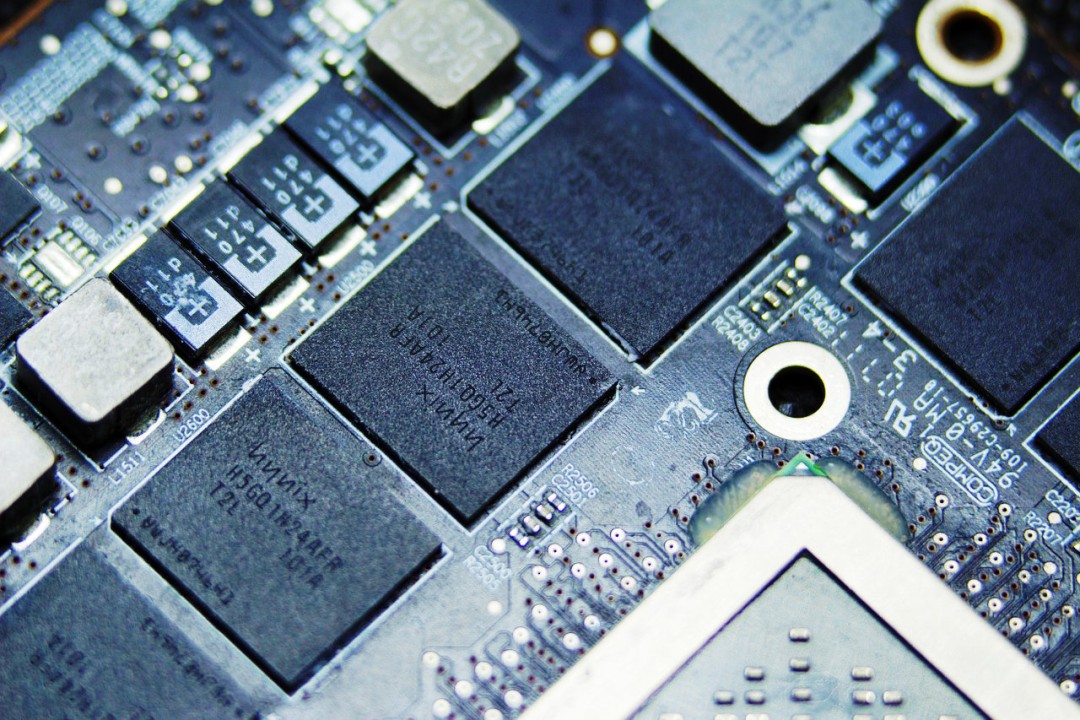Roads & PavementRoads & Pavement
Barefoot
Minimal
Low
Medium
High
Maximal
All around running shoes offer comfort and cushioning for daily runs, jogs, walks, and long mileage. They offer enough versatility for both faster and slower runs and are a great option for those who want one running shoe to do it all.
Fast run or uptempo running shoes are lightweight and responsive. They offer streamlined designs that have minimal uppers and offer a high level of energy return. These shoes are a great option for faster runs in the week or those looking for a livelier experience.
Max Cushion shoes offer premium cushioning with ample ground protection and a stable ride. These types of shoes provide abundant impact protection that softens landings while running at any pace or distance. These types of shoes are best for slower recovery runs and easy days where comfort takes priority.
Racing shoes are designed with optimal performance in mind. These types of shoes have snug-fitting uppers, energetic midsole foams, and features implemented for maximum efficiency. These types of shoes are best for runners looking to gain the ultimate advantage in races but may sacrifice some durability and comfort.
Gym Workout shoes offer a stable and versatile ride. They have a firmer underfoot feeling that provides stability for lateral movements with comfortable uppers. These types of shoes are best for trips to the gyms, cross training, casual wear, and light running. python 3.x Find if Keras and Tensorflow use the GPU Stack Overflow
Road running shoes feature smooth outsoles that are designed for running on paved surfaces such as roads, sidewalks, and bike paths.
Designed to handle most trail runs, these shoes prioritize comfort and a smooth ride. These shoes are great for anything from smooth singletrack, park trails, and fireroads making them ideal for those who run from their doorstep on streets before hitting the trail.
These shoes are best used for hard, rugged trails such as shale, granite or sandstone where grip on smooth surfaces and underfoot protection are important.
Designed for use in muddy, soggy conditions, these shoes feature very aggressive outsoles that dig deep into soft ground for exceptional traction.
These shoes feature technical outsoles designed to grip snowy and icy trails making them ideal for winter trail running.
Cushioning level, or stack height, refers to how much shoe is between your foot and the ground. For this category, we reference the amount of cushioning below the forefoot as the heel height will be equal to or greater than the forefoot height.
Tensorflow GPU Memory Usage Using Keras My Personal Website
0-13mm. The Shoe generally does not have a midsole and feels like there is no cushioning. This shoe is all about feeling the ground underfoot.
14-18mm. The shoe has a thin midsole that allows for a natural running experience. Racing shoes and minimalist shoes are common here. These shoes offer a feeling of being connected to the road or trail.
19-23mm. The shoe has a slightly cushioned feel and may feature added cushioning technologies. Performance training shoes and some trail shoes are common here. These offer protection during footstrike but prioritize a lightweight, grounded experience.
24-28mm. These shoes have a stack height that fall near the middle of the spectrum.The shoes in this category are verstaile and great for all types of runs and distances.
29-34mm. The shoe has a thick midsole and ample cushioning. These shoes are highly protective and absorb more impact than the body.
35mm plus. The shoe has an extremely thick midsole and extra cushioning. The focus is on protection and soft foam underfoot with hardly any ground feel.
Neutral shoes support the foot through a normal range of arch collapse and generally do not have a built-in technology to correct movement.
Stability shoes are a great option for those who overpronate or need added support. These shoes help to limit the inward rolling motion of the ankle while running or walking and assist in guiding the foot straight through the gait cycle. Clearing GPU memory in Keras Issue 12625 keras team keras
Product Details:
GPU TensorFlow Keras U U shop, Keras RStudio Tensorflow does not use GPU Windows 10 VM Issue shop, How to install Keras in R with GPU support Windows Naren shop, jeffheaton on X shop, Keras GPU Using Keras on Single GPU Multi GPU and TPUs shop, Installing Keras and Tensorflow to run on the GPU in Ubuntu Linux shop, TensorFlow 2 tf.keras Colab shop, 5 tips for multi GPU training with Keras shop, tensorflow gpu keras cuda tensorflwo gpu keras shop, TensorFlow and Keras GPU Support CUDA GPU Setup YouTube shop, Keras on Gpu KNIME Extensions KNIME Community Forum shop, Free Course Setting Up CUDA CUDNN Keras and TensorFlow on shop, Accelerate Keras TensorFlow Training with Multiple NVIDIA GPUs shop, TensorFlow Keras NVIDIA GPU G. T. Wang shop, Keras GPU Using Keras on Single GPU Multi GPU and TPUs shop, Google Colab Free GPU Tutorial. Now you can develop deep learning shop, Howto Install Tensorflow GPU with Keras in R A manual that shop, Solving Out Of Memory OOM Errors on Keras and Tensorflow Running shop, Scaling Keras Model Training to Multiple GPUs NVIDIA Technical Blog shop, Clearing GPU memory in Keras Issue 12625 keras team keras shop, Tensorflow GPU Memory Usage Using Keras My Personal Website shop, python 3.x Find if Keras and Tensorflow use the GPU Stack Overflow shop, Train neural networks using AMD GPU and Keras by Mattia Varile shop, Install TensorFlow Keras GPU on Apple M1 M2 Mac with Conda shop, how to run keras and tensorflow on gpu on windows step by step shop, Keras GPU Deep Play shop, No GPU use under TensorFlow and Keras Issue 11888 keras team shop, How To Multi GPU training with Keras Python and deep learning shop, How to check your pytorch keras is using the GPU Part 1 2018 shop, TensorFlow and Keras GPU Support CUDA GPU Setup deeplizard shop, Use an AMD GPU for your Mac to accelerate Deeplearning in Keras shop, tensorflow GPU optimization with Keras Stack Overflow shop, Reducing and Profiling GPU Memory Usage in Keras with TensorFlow shop, How to release GPU memory Issue 739 rstudio keras GitHub shop, 2020 TensorFlow 2.2 NVIDIA GPU CUDA CPU Keras Python 3.7 in Linux Ubuntu shop, Installing Keras and Tensorflow with GPU support on Ubuntu 20.04 shop, Enable TensorFlow gpu with NVIDIA graphics on Windows 10 by shop, Install Tensorflow Keras in WSL2 for Windows with NVIDIA GPU shop, Multi GPU Model Keras Data Wow blog Data Science Consultant shop, Low GPU usage by Keras Tensorflow Stack Overflow shop, Keras GPU Complete Guide on Keras GPU in detail shop, Keras Multi GPU and Distributed Training Mechanism with Examples shop, Getting Started with Machine Learning Using TensorFlow and Keras shop, Interaction of Tensorflow and Keras with GPU with the help of shop, Keras Multi GPU A Practical Guide shop, python CPU vs GPU usage in Keras Tensorflow 2.1 Stack Overflow shop, Scaling Keras Model Training to Multiple GPUs NVIDIA Technical Blog shop, How To Multi GPU training with Keras Python and deep learning shop, 5 tips for multi GPU training with Keras shop, python How do I get Keras to train a model on a specific GPU shop, Product Info:
Keras gpu shop.
- Increased inherent stability
- Smooth transitions
- All day comfort
Model Number: SKU#7241027




